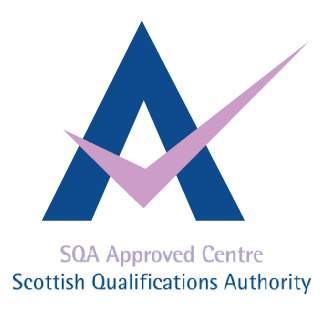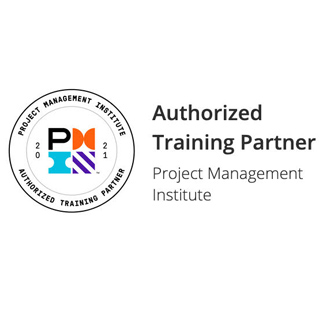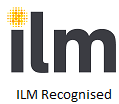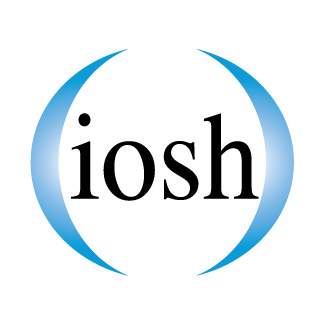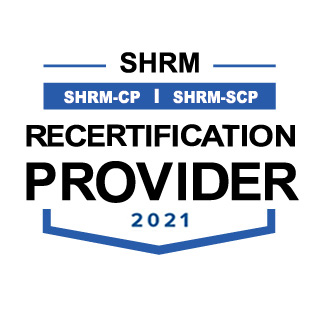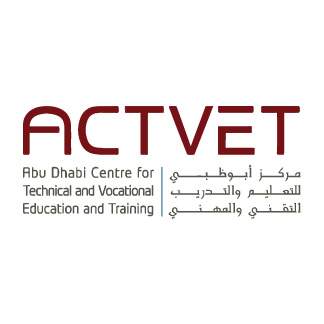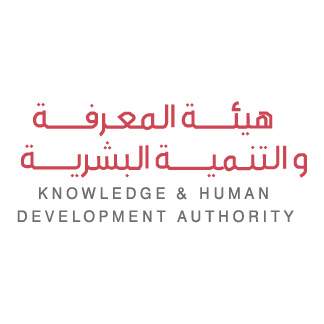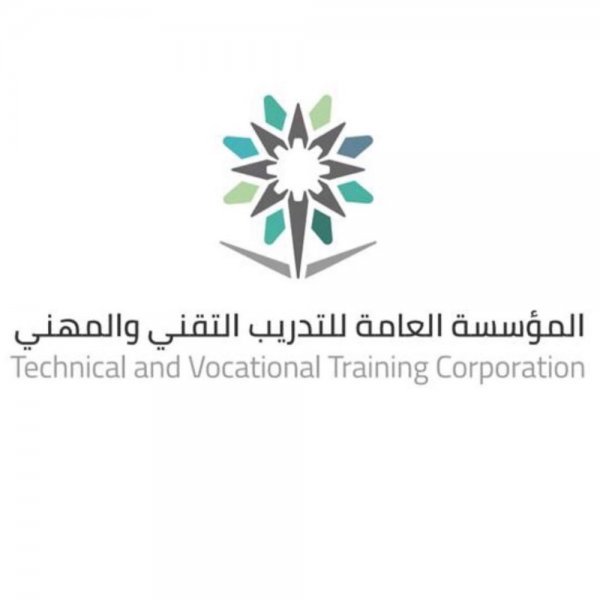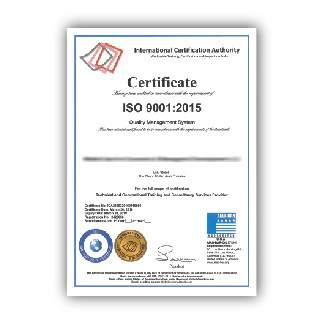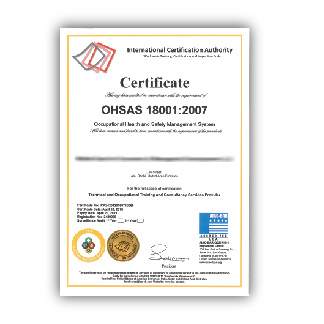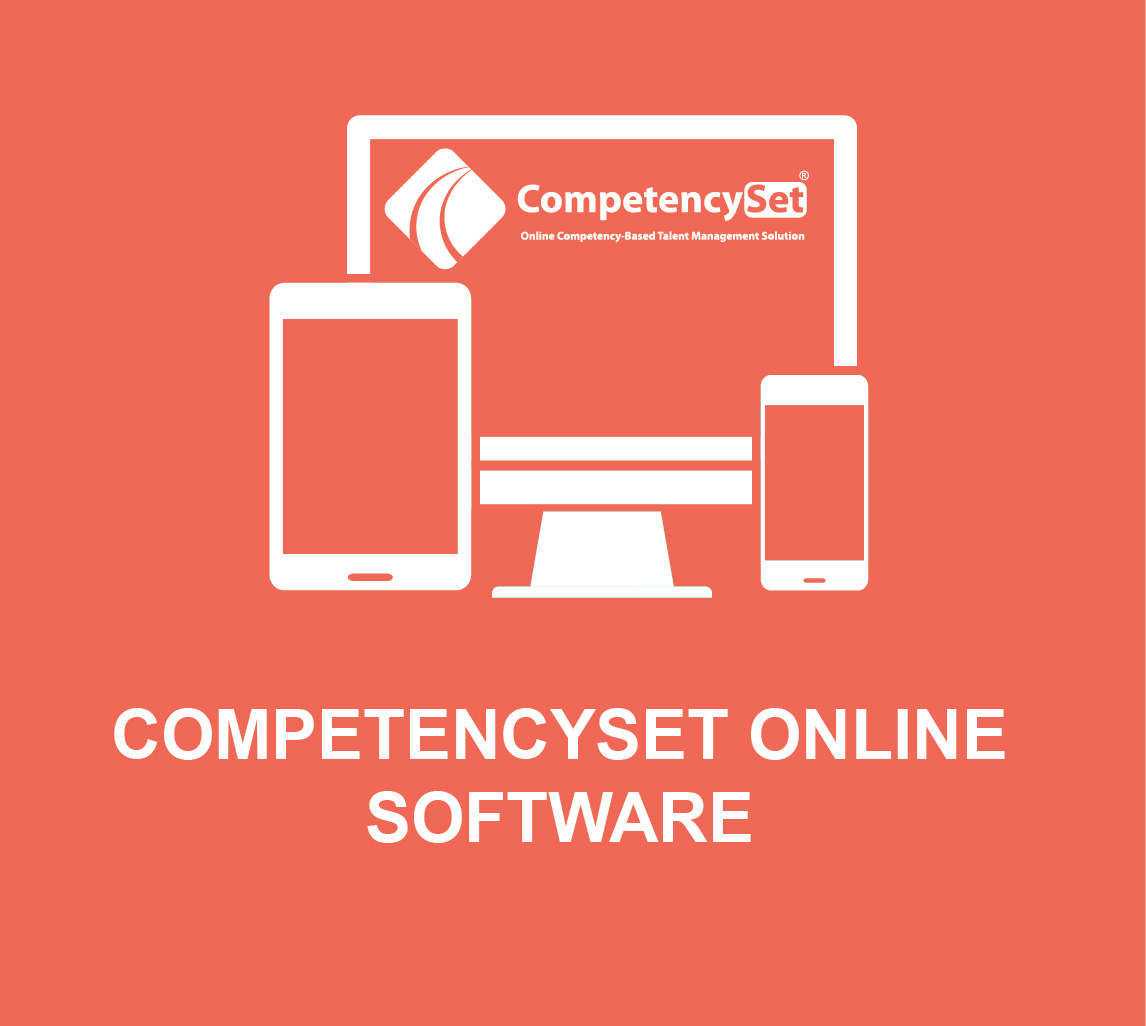Fieldbus Technology in industrial Automation
| Start Date | End Date | Venue | Fees (US $) | ||
|---|---|---|---|---|---|
| Fieldbus Technology in industrial Automation | 16 Nov 2025 | 20 Nov 2025 | Dubai, UAE | $ 3,900 | Register |

Fieldbus Technology in industrial Automation
| Start Date | End Date | Venue | Fees (US $) | |
|---|---|---|---|---|
| Fieldbus Technology in industrial Automation | 16 Nov 2025 | 20 Nov 2025 | Dubai, UAE | $ 3,900 |
Introduction
This course provides an overview of the Fieldbus technology in industrial automation. The eighties were the decade in which automation technology made a fundamental leap in quality. The parallel wiring that was conventional until then was contrary to the need for complex communication with increasingly more digitized field units that ensured greater intelligence of the functional components in the field. Gradually, solutions with conventional wiring technology were displaced by advanced field bus technology.
Objectives
- Describe the benefits of using Fieldbus technology
- Understand the difference between Fieldbus technology and traditional communication technologies.
- Describe how does data get where it's needed -- and when it's needed
- Determine when a function block or communication action begins?
- Describe how do you avoid overlapping communications when you have more than one loop on the same segment?
- Explain how can you accommodate both fast and slow loops?
- To manage the internal processing that turns the inputs into
- To identify both the source and the nature of a problem — often before it affects the process — diagnostics can actually reduce the effort required to keep your process and equipment running as they
- Describe how does the Fieldbus Foundation define interoperability
- Identify the major external factors affecting Fieldbus network stability
- Describe the parts of a Fieldbus system can be made redundant
- Explain where is control most reliable, in a field device or in the host system
- Identify the difference between a branch layout and a tree layout
- Identify the advantages of pre-assembled cables and connectors
- Identify which project engineering standards that will change as a result of adding Fieldbus
- Identify the new information that will be required on instrument specification sheets
- Describe what should be added to a P&ID to accommodate Fieldbus
- How can a host system apply information about the status of the field signal
- How can a host system reduce the effort required for device commissioning
- How does control location affect purchasing
- How can control in the field increase reliability
- Can Fieldbus handle critical loops
- What are the steps associated with the commissioning of Fieldbus devices
- What are the expected resistance and capacitance values for Fieldbus wiring
- What's one way to determine the possible cause of a communication error
Upon the successful completion of this course, you will be able to:
Training Methodology
This is an interactive course. There will be open question and answer sessions, regular group exercises and activities, videos, case studies, and presentations on best practice. Participants will have the opportunity to share with the facilitator and other participants on what works well and not so well for them, as well as work on issues from their own organizations. The online course is conducted online using MS-Teams/ClickMeeting.
Who Should Attend?
This five-day instructional program covering the educational needs of Instrumentation and Control Engineers & Technicians, Operation Engineers, Process and Utility Supervisors, and Technical Supervisory personnel taking a first look at Fieldbus technology. No specific prerequisite training or experience required for registration.
Course Outline
Introduction to FOUNDATION Fieldbus
- What is the FOUNDATION Fieldbus?
- The digital bus advantage
- An established standard
- Interoperability
- Safe and effective process control
Fieldbus communications
- The communications model
- Physical layer
- Datalink and application layers
- User layer
- Scheduled communications
- Unscheduled communications
- Parameter status
- Application clock
- Link active scheduler
- Device address assignment
- Find tag service
Loop scheduling
- Basic scheduling
- Multiple loops on the same segment
Fieldbus blocks
- FOUNDATION Fieldbus function blocks
- Basic FOUNDATION Fieldbus function blocks
- Advanced FOUNDATION Fieldbus function blocks
- How do function blocks get into devices?
- Instantiating blocks into devices
- Device descriptions
Diagnostics with Fieldbus
- More than device maintenance
- Equipment diagnostics
- Loop diagnostics
- Improving plant performance
- Reducing process variability
- Improving process availability
- Enhancing safety and environmental compliance
- Managing alarms and alerts
Fieldbus Interoperability
- Field-device interoperability
- Testing devices for interoperability
- When device capabilities evolve
- Host-system interoperability
- Off-line interoperability
Reliability and redundancy
- Total system reliability
- How much redundancy is enough?
- Transmitter redundancy
- Valve and piping redundancy
- Control redundancy
- Host redundancy options
- Other redundancy options
- Link active scheduler and backup LAS
Network wiring fundamentals
- A Fieldbus advantage
- Basic segment design
- Wire types and segment lengths
- Total segment length
- Mixing wire types on a segment
Network wiring options
- Tree and branch topologies
- Combining conduit and armored cable
- Non-conduit options: tree
- Non-conduit options: branch
- Using existing wiring and junction boxes
Segment hardware
- Required and application-dependent components
- Power supply
- Power conditioners
- Terminators
- Repeaters
- Intrinsic safety barriers
Project engineering standards
- Field device specifications
- Segment design practices
- P&IDs
- Loop sheets
- Segment design drawings
- Cable schedules
- Installation practices
- More on installation practices
- Project schedules
Choosing a host system
- Supplier experience
- Designed for Fieldbus
- Access to validated device data
- Fieldbus redundancy options
- Interoperability testing
- Ease of commissioning and testing
- Predictive maintenance
Control design
- Plant philosophy
- It's more than PID
- Control modularity
- Field control location
- Potential exceptions
- Maintenance and purchasing considerations
Segment design
- Designing for loop criticality
- Mission-critical loops
- Highly important loops
- Normal-importance loops
- View-only or data acquisition loops
- Process modularity
- Multivariable devices
- Host system considerations
- Design resources
Commissioning
- Using pre-configured devices
- Using un-configured devices
- Tagging devices
- Attaching devices
- Calibration and scaling
Checkout and troubleshooting
- Wiring check
- Voltage check
- Signal check
- Signal waveforms
- Recognizing common errors


